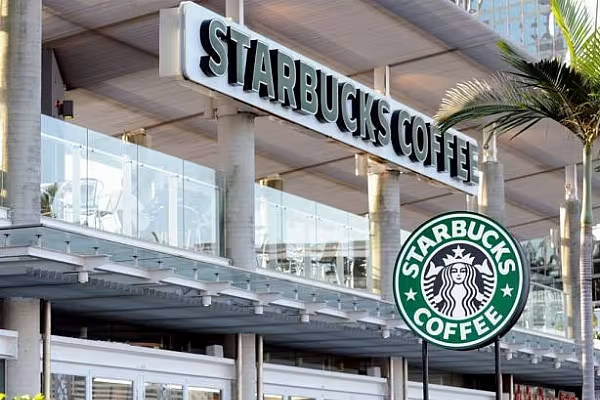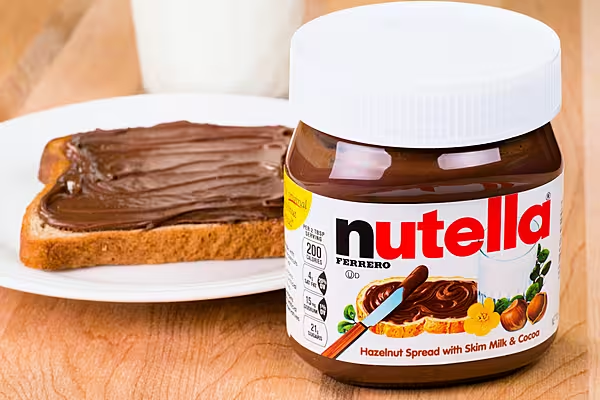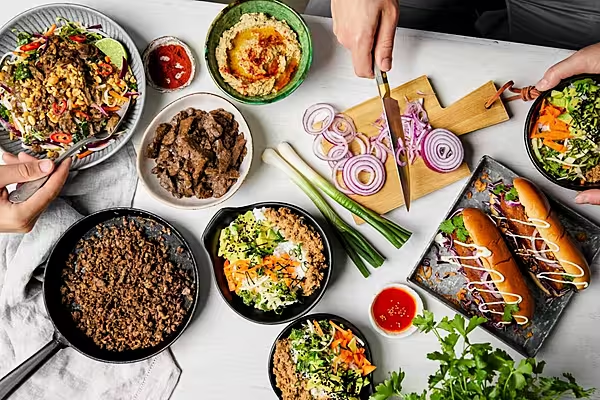At a Starbucks in downtown Beijing, Du Beibei is getting her lunch-break caffeine fix. Like many young Chinese, she’s chosen to sip a cup of coffee instead of the more traditional tea.
“I drink coffee three or four times a week and usually go to coffee shops to meet friends,” she said. “They are more comfortable than tea houses.”
Du, who is in her 30s and still drinks tea at home, is among a growing number of Chinese consumers flocking to coffee shops and developing a taste for what’s viewed as a trendy Western beverage.
The resulting consumption growth is grabbing the attention of big-brand chains including Starbucks Corp., which last month extended its reach in China with a $1.2 billion deal for control of more than 1,000 coffee shops. While volumes remain low by global standards, a shift toward coffee in the most-populous and biggest tea-drinking nation could have a massive impact over time.
Cofffee Market Growth
The Chinese coffee market grew several times faster than the global average in the decade to 2013-14, according to International Coffee Organization data, as the country prospers from urbanization, a growing middle class and rising incomes.
Retail sales of tea still outweigh coffee by about 10 to one, but consumption growth mirrors an earlier expansion in Japan, which became the world’s fourth-largest coffee consumer in the 2000s.
“If you take the growth curve of Japan between 1963 and 1973, you will see it’s practically the same as China’s in the decade to 2014,” said Joseph Reiner, the head of coffee at Cofco International, a unit of China’s top food company. “They used to drink only tea and now you have that Starbucks effect.”
The $1.1 billion Chinese coffee market is dominated by Nestle SA, with a 66 percent share, according to Euromonitor International Ltd. The world’s largest food company says it’s optimistic about consumption prospects and expects China to become one of the leading coffee countries.
Chinese Potential
While Chinese demand is still a fraction of U.S. consumption and less than half of Japan’s, the potential for growth means retail chains are already jostling for position. Starbucks has been in the country for almost 20 years and has expanded to about 2,800 outlets. Last month, the Seattle-based retailer said it would buy out its partners in a joint venture in east China, taking control of roughly 1,300 franchised locations.
“We think bringing east China into a company-operated model sets the opportunity for the next two decades,” Kevin Johnson, chief executive officer of Starbucks, said in an interview. “We’re playing a long game.”
Dunkin’ Donuts Inc., which failed in two previous attempts to crack the Chinese market, is targeting 1,400 locations within 20 years from 34 stores now. Consumers still drink a relatively small amount of coffee, but the category is growing fast and could eventually surpass tea, according to Dunkin’ Chief Executive Officer Nigel Travis.
The ICO estimates Chinese coffee demand increased by 16 percent on average a year in the 10 years to 2013-14. That compares with global growth of about 2 percent, the U.S. Department of Agriculture estimated.
Cream and Sugar
For now, Chinese consumers still favor instant drinks, particularly the so-called 3-in-1, which contains coffee, sugar and creamer, as well as any flavorings. More than 90 percent of coffee retail sales are the instant type, said Limin Yu, senior research associate at London-based Euromonitor.
Most instant kinds of coffee are made from robusta, a cheaper variety of coffee that’s predominately grown in Vietnam. The growing popularity of cafes means there’s potential for consumers to trend up with higher-end beverages, which will increase demand for milder and more expensive arabica beans.
“The first step is to switch tea into more mild coffee drinks such as 3-in-1s and the frappuccinos you get at Starbucks,” Cofco’s Reiner said. “Then coffee starts being consumed in the office and at home. That’s how it develops. We are talking a massive potential here, with between 450 to 600 million Chinese joining the middle class by 2021-22.”
Back in Beijing, Kathy Chen, 28, says that she likes all kinds of coffee, from Italian brews to Vietnamese drip.
“Coffee bars are the places where you can talk to friends and relax,” she said, adding that strong Mandheling, a type of Indonesian coffee, is her favorite.
News by Bloomberg, edited by ESM. Click subscribe to sign up to ESM: The European Supermarket Magazine.














